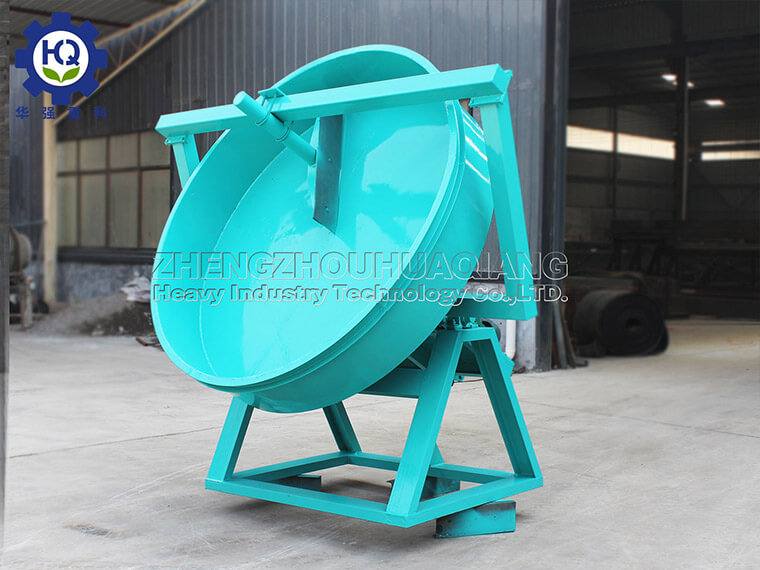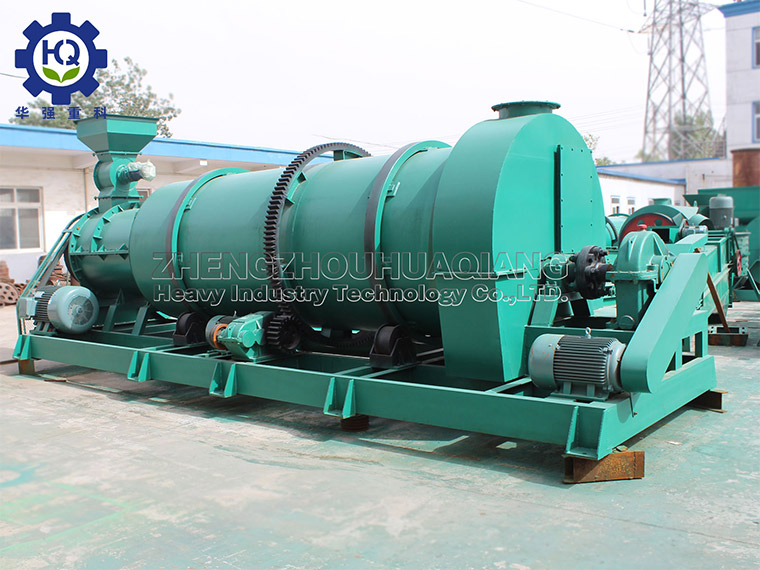A set of chicken manure organic fertilizer production line equipment can be divided into small, medium, and large organic fertilizer production lines based on output; According to the process, it can be divided into powder organic fertilizer production line and granular organic fertilizer production line. Therefore, to calculate the capital cost of investing in a set of chicken manure organic fertilizer production line equipment, it is necessary to clarify the output (such as annual output, daily output, hourly output) and process flow (whether to make powder line or granular line), so that organic fertilizer equipment manufacturers can more accurately configure and calculate more accurate price costs, Provide a reasonable quotation..jpg)
The equipment of the chicken manure organic fertilizer production line roughly includes: raw material selection (chicken manure, etc.) → drying and sterilization → ingredient mixing → granulation → cooling and screening → measurement and sealing → finished product storage.
The more complex process flow of the chicken manure organic fertilizer production line equipment is as follows: the organic fertilizer raw materials (animal manure, household waste, dead branches and leaves, biogas residue, waste bacterial strains, etc.) are fermented and enter a semi wet material crusher for crushing. Then, elements such as nitrogen, phosphorus, and potassium (pure nitrogen, phosphorus pentoxide, potassium chloride, ammonium chloride, etc.) are added to meet the required standards, and then stirred by a mixer before entering the granulation mechanism for particles, After coming out, it is dried and screened by a screening machine. Qualified products are packaged, and unqualified ones are returned to the granulator for granulation.
A set of chicken manure organic fertilizer production line equipment, each equipped with different equipment for producing poultry and livestock manure organic fertilizer. A set of low configuration small-scale organic fertilizer production equipment for poultry and livestock manure only requires a crusher, mixer, granulator (optional), screening machine, and packaging machine. Therefore, the price of a complete set of equipment for producing organic fertilizer from poultry and livestock manure ranges from tens of thousands to hundreds of thousands.
.jpg)


.jpg)

.jpg)


.jpg)